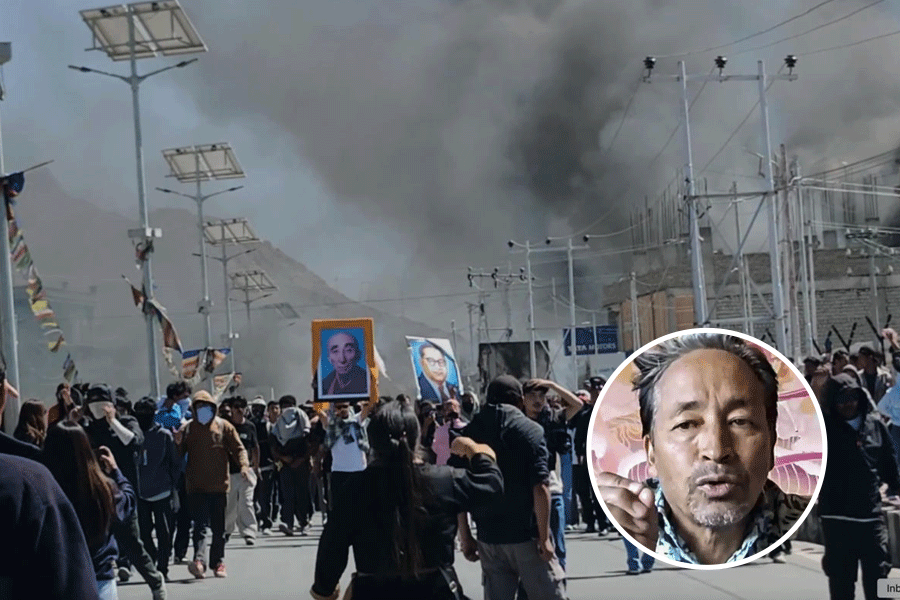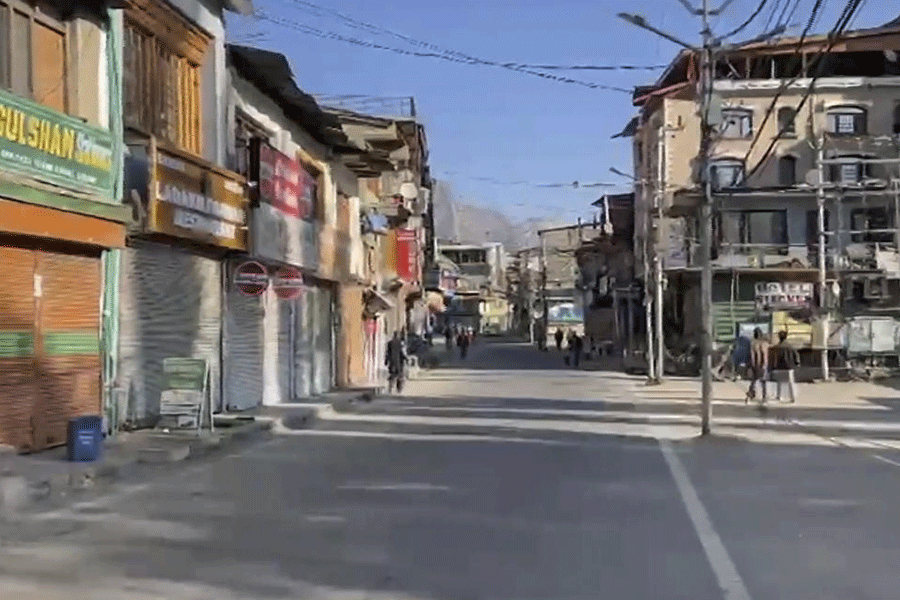Kosi, often referred to as Bihar’s “river of sorrow”, is notorious for the devastating floods it causes in the vast tracts of northern Bihar, not to forget the devastating 2008 one.
People are again keeping their fingers crossed after the river turned ferocious in neighbouring Nepal, around 260km north of the Bihar-Nepal border early on Saturday.
With the entire government machinery, with support from Indian Air Force and national and state disaster response forces, on alert to minimise losses, The Telegraph talked to flood management experts to know why the river wreacks havoc.
River of sorrow
Dinesh Mishra, an IIT-Kharagpur-trained civil engineer and expert on Kosi, claimed that during the British rule, the term ‘River of Sorrow’ was originally given to the Kosi. “The British could not collect sufficient revenue from the Kosi region because of the region’s inaccessibility, thanks to its remote location. So, they used to called it ‘the river of sorrow’,” said Mishra.
Mishra has even authored a book on the Kosi, Trapped! Between the Devil & Deep Water, the English version of which was released just before the August 2008 Kosi deluge.
In the words of Mishra, frequent floods on the Kosi are virtually “inevitable”. “Excessive sediment discharge into the river is the main cause. We talk about water management but hardly anyone cares about sediment management. We construct embankments to prevent flow of water but with it, we obstruct the flow of sediments. This raises the riverbed, leading to steady rise in water-level. Thereafter, a point comes when the high-flowing river water starts dispersing from its normal course and causes floods,” Mishra said. He suggested sediment management to make the river water flow smoothly as the only long-term solution for Kosi.
Oscillating river
Biswajit Chakravorty, a scientist at the National Institute of Hydrology’s Centre for Flood Management Studies in Patna, claimed the Kosi has been displaying an oscillating movement trend for centuries.
“Studies have proven that over the past 200 years, the Kosi has shifted its course by 112.6km from east to west in its flow in Indian territory. This shift went on from 1736 till 1960, when construction of the Birpur barrage began in Supaul district,” said Biswajit.
Chakravorty corroborated IITian Dinesh Mishra’s claim that excessive sediment load on the Kosi from Nepal was the principal cause behind frequent floods. “Approximately 80 per cent of the Kosi’s catchment area falls in Nepal, which is mostly hilly and mountainous. Over the past few decades, excessive deforestation in Kosi’s stretch has reduced the soil’s capacity to hold water. This has, in turn, led to excessive siltation on the river. In fact, the average annual sediment load on the river is 120 million cubic metre, quite high,” Biswajit said.
Excessive sediment load raises the riverbed level, which leads to lateral movement of the river water after a while. “The river’s lateral movement due to heavy siltation has led to its oscillating movement, and in turn, frequent floods,” Biswajit said.
Human interference
Ashok Ghosh, professor-in-charge, department of environment and water management at A.N. College, attributed the frequent floods to excessive human interference.
“The 2008 deluge in the Kosi was the result of a tectonic shift (movement of plates below earth’s surface) in the Kosi region, which led to pressure on the river’s eastern embankment. Interestingly, the river was flowing eastward of its main course over the past two centuries but the 2008 flood brought the river back to its main course,” Ghosh said.
He further said: “The river would have slowed down on its normal course after 2008, but the government built fresh embankments, which once again prevented the river from flowing on its normal course. As a result, the river keeps moving abruptly, leading to floods. Authorities should not interfere with the river’s flow.”











